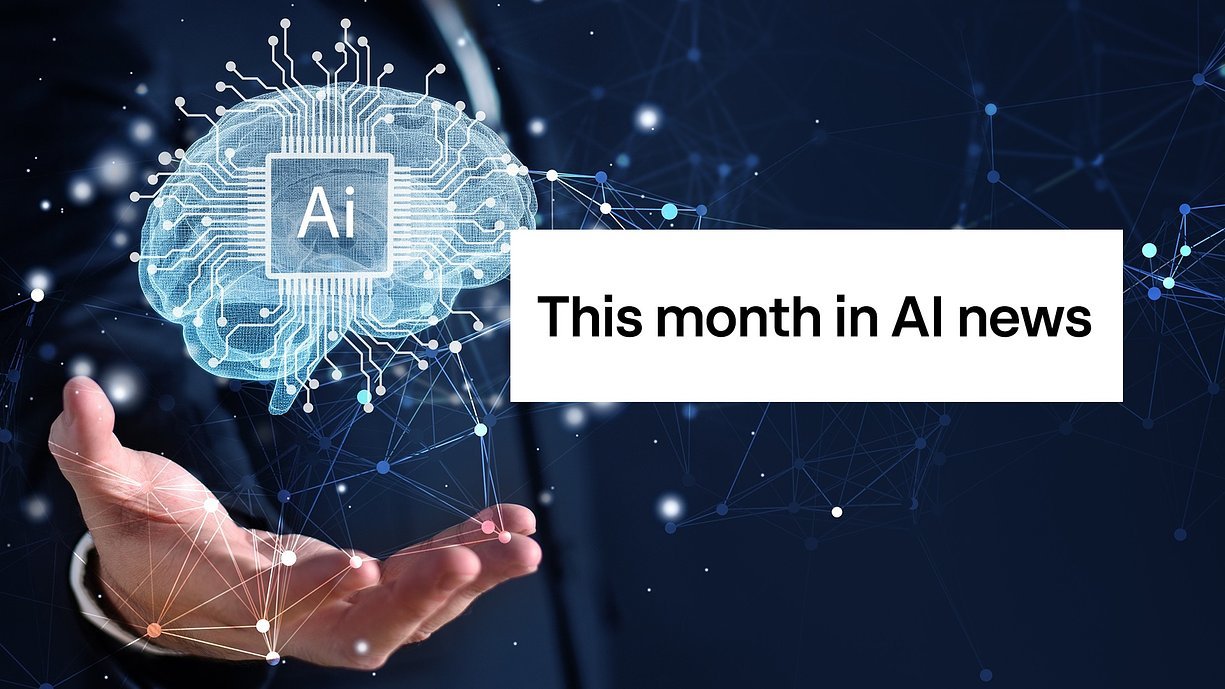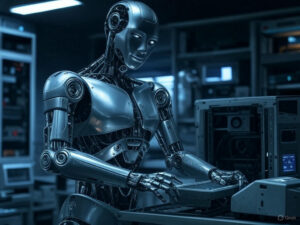April Highlights: AI Advances in Dolphin Communication and Medical Diagnostics

April Developments in AI and Technology
April 2025 brought significant advancements in artificial intelligence (AI) and technology. From exploring dolphin communication patterns to educational reforms in China, the global landscape is rapidly shifting.
Dolphin Communication Research
Insights into Dolphin Behavior
In a groundbreaking collaboration between Google DeepMind, Georgia Tech, and the Wild Dolphin Project, researchers launched DolphinGemma on National Dolphin Day. This project focuses on decoding the complex clicks and sounds made by dolphins, renowned as one of the smartest animals. The AI model developed aims to uncover behavioral patterns and predict the future actions of dolphins, akin to how large language models (LLMs) interpret human language. This initiative not only enhances our understanding of dolphin communication but also opens up new avenues for studying animal intelligence.
AI in Education in China
New Curriculum Targeting Young Learners
Starting September 1, 2025, China will introduce mandatory AI education for all primary and secondary school students, including those as young as six. The curriculum will be tailored to different age groups, with younger students engaging in interactive activities to understand basic AI concepts while older students will tackle more complex subjects like machine learning and robotics. Schools can incorporate AI into existing lessons or offer it as a separate subject.
This initiative positions China at the forefront of AI development and ensures that upcoming generations are equipped with essential knowledge about artificial intelligence. It suggests a transformative shift in educational norms, comparable to the introduction of smartphones in daily life.
Warnings from Google DeepMind’s CEO
Societal Challenges Ahead
In a recent interview with Time magazine, Demis Hassabis, CEO of DeepMind and Nobel Prize winner in Chemistry, expressed both hope and concern about the future of AI, particularly Artificial General Intelligence (AGI). While he praised AGI’s potential in solving major global issues like diseases and climate change, he highlighted the societal readiness for such transformative technology. He warned that many people remain unaware of the imminent impacts AI will have on everyday life.
Hassabis indicated that the implications of AI could parallel the industrial revolution, suggesting a major societal transition. However, the outcomes—whether positive or negative—will depend on how society adapts to these changes over the next decade.
Medical Advancements Through AI
AI Outperforming Traditional Diagnostics
Recent studies reveal significant advancements in medical AI applications. A Swiss-led research project showcased ULTR-AI, an AI system designed for lung ultrasound interpretation, achieving impressive sensitivity and specificity rates in detecting tuberculosis (TB)—metrics that exceed World Health Organization standards.
Additionally, the Swaasa AI platform uses smartphone technology to analyze cough sounds for non-invasive TB screening. With reported accuracy levels of up to 90% in distinguishing between health statuses, these innovations highlight AI’s growing role in healthcare.
AI’s Evolution: Passing the Turing Test
Advancements in Machine Intelligence
In a remarkable achievement, a study from the University of California, San Diego reported that OpenAI’s GPT-4.5 passed a rigorous version of the Turing Test. Participants engaged in simultaneous five-minute conversations with both the AI model and a human, and the AI was identified as the human 73% of the time. This milestone raises critical questions about machine intelligence and the future of human-computer interaction.
Emerging AI Models
New Innovations Hitting the Market
April also saw the rollout of various advanced AI models:
- OpenAI’s GPT-4.1: An enhanced model that improves coding capabilities and long-context understanding.
- Canva’s Visual Suite 2.0: Advanced design tools that streamline visual content creation.
- Kling AI 2.0: Innovations in AI-driven video generation.
- Meta’s Llama 4: These models integrate text and vision for complex reasoning tasks.
- ByteDance’s Seaweed-7B: A model designed for video generation, showcasing competitive results.
- Anthropic’s Claude model: Investigating the ethical implications of autonomous AI research.
- Google Sheets: Integrated AI features to aid data organization and analysis.
The evolution of AI continues to gain momentum, influencing multiple sectors and reshaping how tasks are performed across industries.
As technology advances, staying informed about these developments is vital, echoing a broadening understanding of AI’s potential and implications for our future.





